The IT industry is about to witness one of the biggest overhauls in professional certification programs in recent years. Cisco, a global leader in networking and cybersecurity, has officially announced a major update to its certification tracks, effective February 3, 2026. This shift represents more than a refresh—it signals a transformation in how Cisco envisions the future of IT skills.
The update emphasizes automation, application design, software development, and DevNet/Automation-focused career paths. For IT professionals, employers, and organizations relying on Cisco-certified talent, these changes open doors to exciting opportunities while also introducing new challenges.
In this blog post, we’ll break down Cisco’s upcoming changes, analyze their impact, and provide actionable strategies for professionals. Plus, we’ll explain why finishing your current certifications before the 2026 deadline is critical—and how SPOTO dumps can help you prepare quickly and effectively.
Table of Contents
Cisco’s Certification Evolution: From Networking to Automation-Driven IT
For decades, Cisco certifications like CCNA, CCNP, and CCIE have been gold standards in the IT world. They validated expertise in networking, security, and infrastructure—skills that fueled the global expansion of the internet and enterprise networks.
But the IT landscape is shifting. Businesses now rely heavily on cloud technologies, AI-driven operations, and DevOps practices. Automation is no longer optional; it’s mandatory for scalability and efficiency. Cisco has recognized this and is pivoting certifications to reflect these new realities.
Starting in February 2026, Cisco certifications will expand their focus from traditional networking to a software-first, automation-driven approach. The DevNet track, which Cisco introduced in 2020, will grow into a primary pillar, alongside traditional networking and security certifications.1
What’s Changing in Cisco Certifications?
Cisco has outlined several key changes to its certification portfolio. Let’s break them down:
1. Expanded Tracks with Automation at the Core
- DevNet/Automation Track: Moving from an optional path to a core certification track, focusing on Python, APIs, infrastructure as code (IaC), and CI/CD pipelines.
- Application Development & Design: Introducing skill sets that blend networking with software engineering principles, preparing professionals for hybrid IT environments.
- Security and Cloud Tracks: Updated to reflect AI-powered security, SASE (Secure Access Service Edge), and multi-cloud deployments.
2. Updated Exam Structures
- Hands-on, scenario-based questions will take center stage, replacing purely theoretical multiple-choice formats.
- Modular exams will allow candidates to demonstrate expertise in specific areas, such as automation scripting or container networking, without repeating foundational material.
- Practical labs will expand into associate and professional-level exams, not just CCIE.
3. Skills Emphasized
Cisco certifications will now validate modern IT skill sets, including:
- Network automation using Python and Ansible.
- Secure cloud-native architecture design.
- API integration and software-defined networking (SDN).
- DevOps workflows and CI/CD for infrastructure management.
- AI/ML-enabled security monitoring.
4. Career Readiness Redefined
The changes aren’t just about exams—they’re about reshaping IT career paths. The updated certifications will help professionals:
- Transition from network engineer to network automation engineer.
- Bridge the gap between operations and software development.
- Position themselves as leaders in hybrid, automated IT infrastructures.
Implications for Professionals, Employers, and the Industry
Cisco’s 2026 updates are not just a formality; they have far-reaching consequences for the global IT workforce.
For Professionals
- Advantages:
- Future-proof skills aligned with cloud, automation, and DevOps.
- Increased career mobility between infrastructure and software roles.
- Higher earning potential as companies demand automation talent.
- Challenges:
- Existing certifications risk becoming outdated after the update.
- Professionals must now learn coding and automation, which may feel daunting for those with traditional networking backgrounds.
- The learning curve for DevNet and app-design concepts can be steep.
- Strategies:
- Complete existing certifications before February 2026 to secure credentials while they still hold value.
- Start bridging the skills gap now with Python, APIs, and cloud automation training.
For Employers
- Advantages:
- Employees trained under the new system will bring automation-ready expertise.
- Stronger alignment with digital transformation goals.
- Challenges:
- Need to reskill or upskill existing teams.
- Risk of transitional downtime while teams adjust to new technologies.
For the IT Industry
- Cisco’s update reflects a paradigm shift: the network is no longer hardware-defined but software-driven.
- Competing vendors (AWS, Azure, Google Cloud) are already emphasizing DevOps and automation; Cisco’s changes ensure it stays relevant.
- Professionals certified under the new program will be positioned as pioneers of next-gen IT operations.
Why You Should Complete Your Current Certifications Now
While the future of Cisco certifications is promising, there’s an urgent message for professionals:
👉 If you’re already working toward a Cisco certification, finish it before February 3, 2026.
Here’s why:
- Deadlines Are Final: After February 3, 2026, many current exams will retire permanently.
- Protect Your Investment: If you’ve already studied for CCNA, CCNP, or CCIE under the current model, completing them before the change ensures your efforts don’t go to waste.
- Transition Period Recognition: Historically, Cisco has allowed a grace period where legacy certifications remain valid for a few years, but they lose prestige as soon as the new model takes over.
- Risk of Outdated Skills: Employers may favor candidates with new automation-focused certifications, leaving those with incomplete legacy certifications behind.
In other words: act now to secure your credential and avoid being caught in the transition.
SPOTO Dumps: Your Secret Weapon for Certification Success
Preparing for Cisco exams—whether current or upcoming—can be overwhelming. This is where SPOTO dumps come in.
What Are SPOTO Dumps?
SPOTO provides up-to-date CCNP exam dumps: collections of real, verified exam questions that simulate the actual Cisco test environment. They are designed to help candidates prepare more efficiently and pass on the first attempt.
Advantages of SPOTO Dumps
- Fast Updates: Questions are refreshed regularly to match Cisco’s latest exam blueprints.
- Real Exam Simulation: Dumps replicate the structure, difficulty, and style of real Cisco exams.
- Pass Guarantee: Many candidates report passing on their first try using SPOTO’s targeted resources.
- Time Efficiency: Focus your study on what truly matters, instead of sifting through irrelevant material.
- Confidence Boost: Practicing with real exam-style questions eliminates surprises on test day.
Whether you’re rushing to complete your current certification before 2026 or planning to tackle the new automation-driven exams, SPOTO dumps can give you the edge you need.
Conclusion: Prepare Today, Lead Tomorrow
Cisco’s 2026 certification updates mark a turning point in IT education and career readiness. By emphasizing automation, app design, and DevNet-focused skills, Cisco is aligning certifications with the future of IT.
But while the future looks bright, the transition period demands immediate action:
- Finish your current certifications before February 3, 2026.
- Begin building skills in automation, coding, and DevOps.
- Leverage trusted tools like SPOTO dumps to maximize your preparation and secure your success.
The IT world is evolving rapidly, and Cisco is setting the pace. Don’t wait until the last minute—take control of your certification journey today.
👉 Act now, certify with confidence, and prepare to lead in the new era of IT.

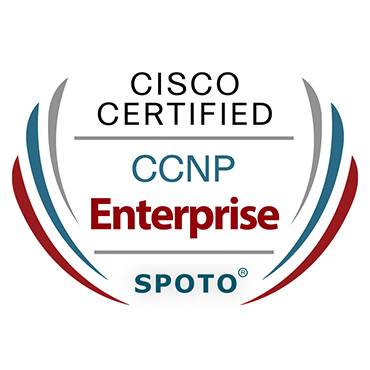
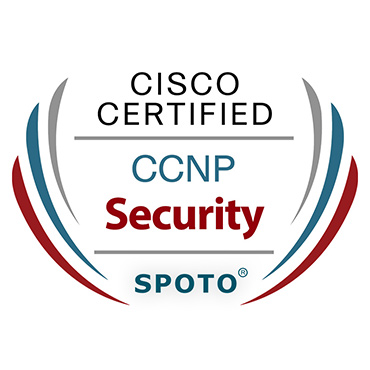

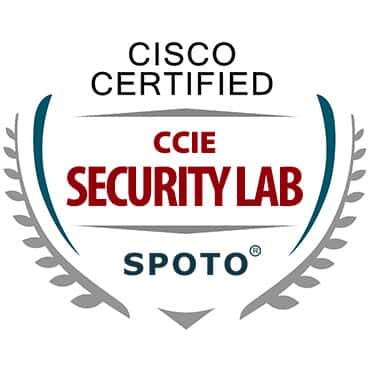
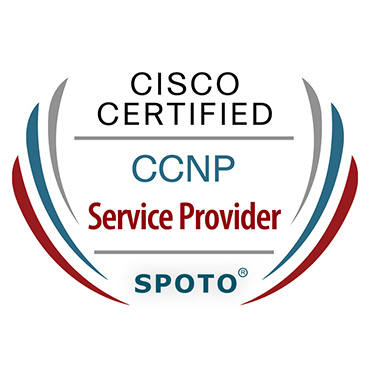

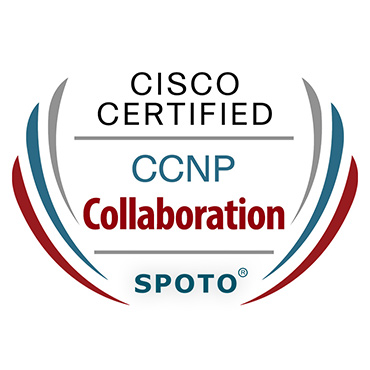
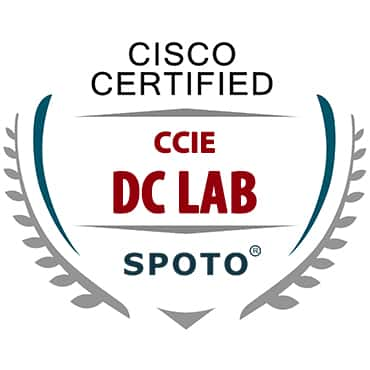



Comments